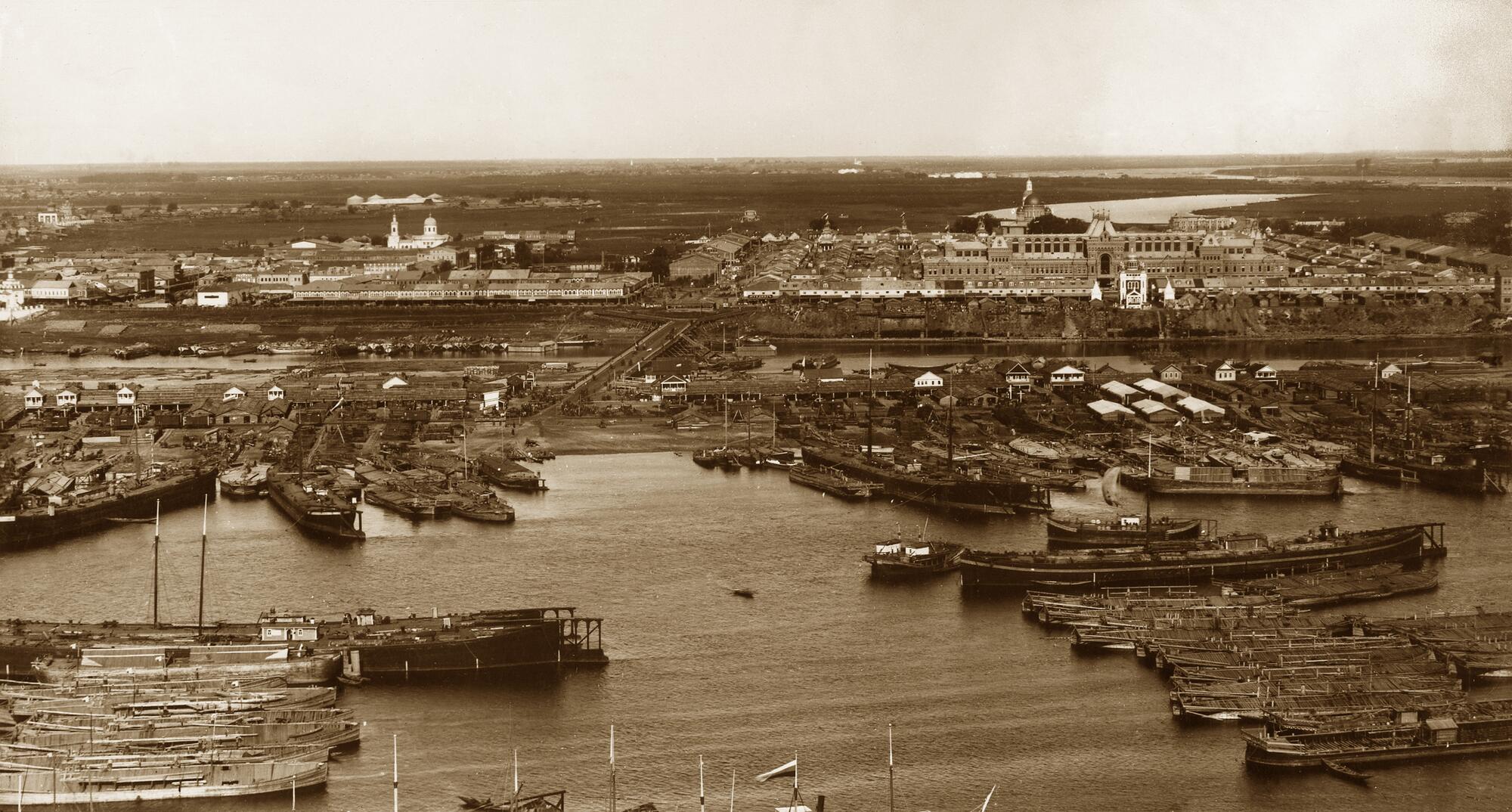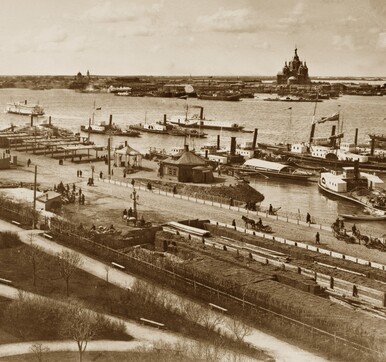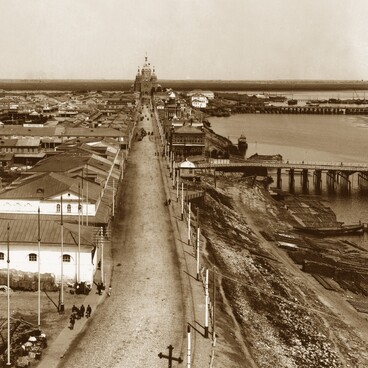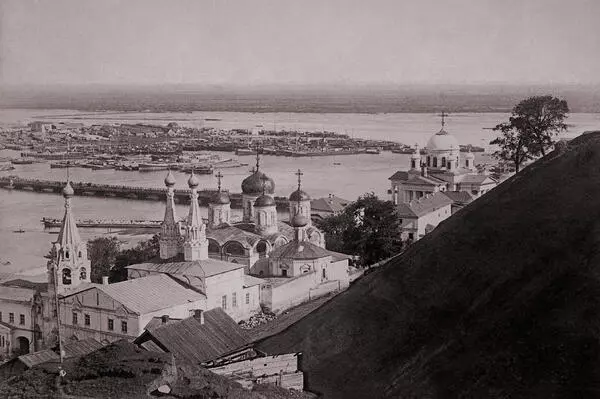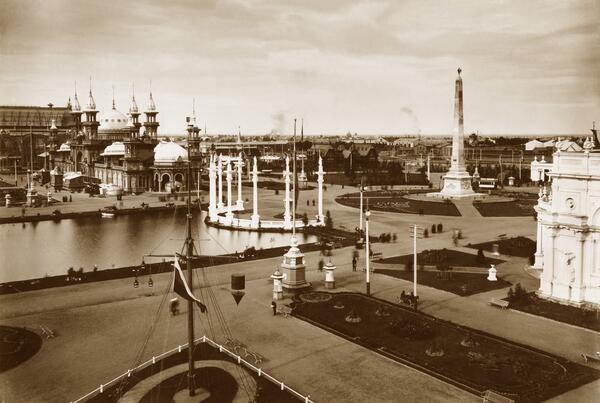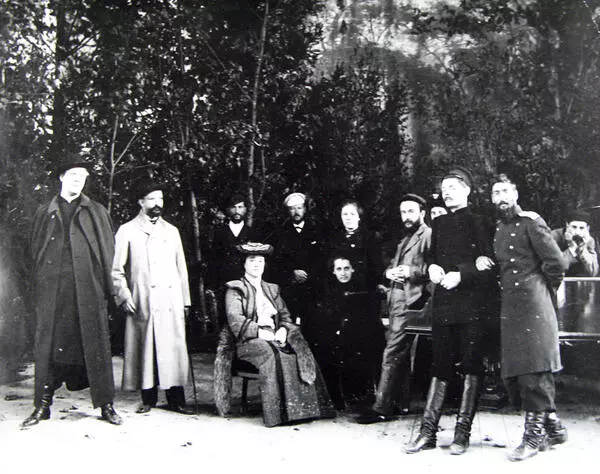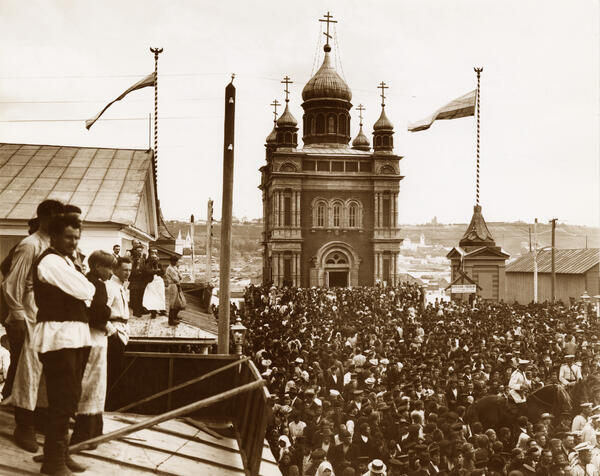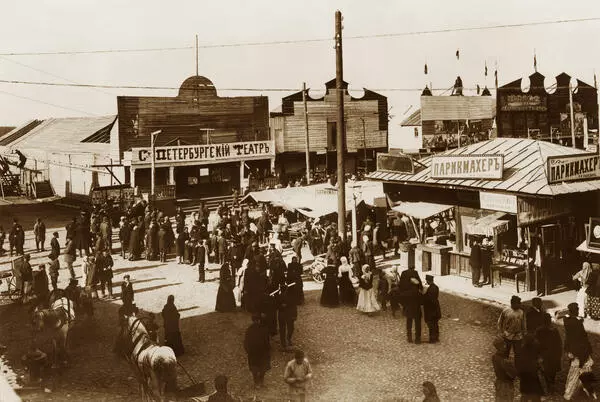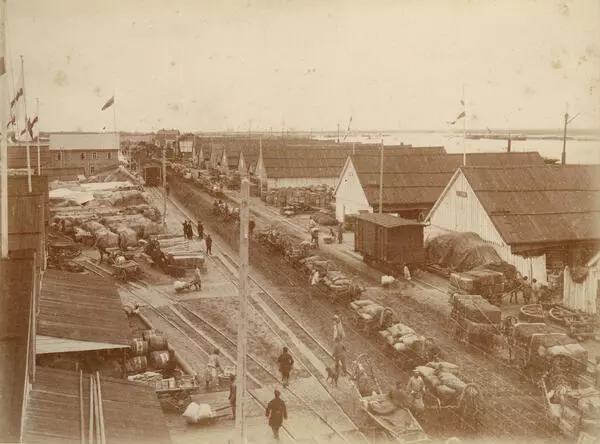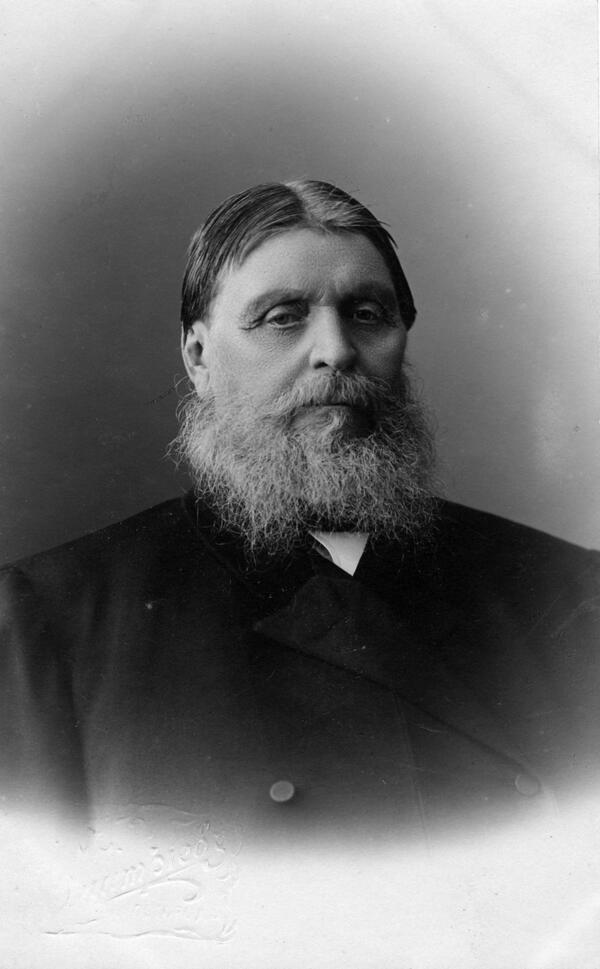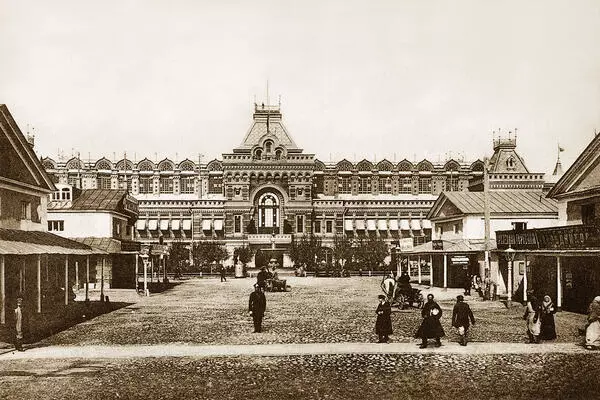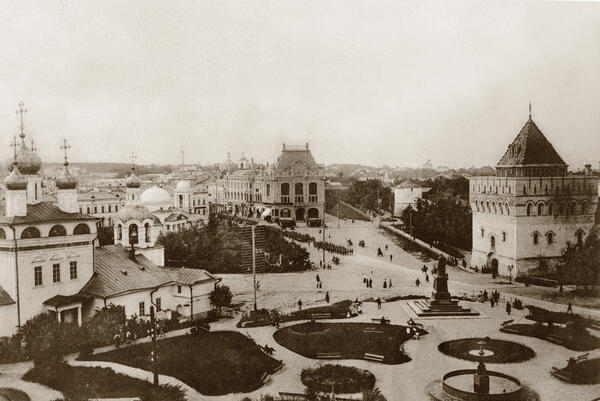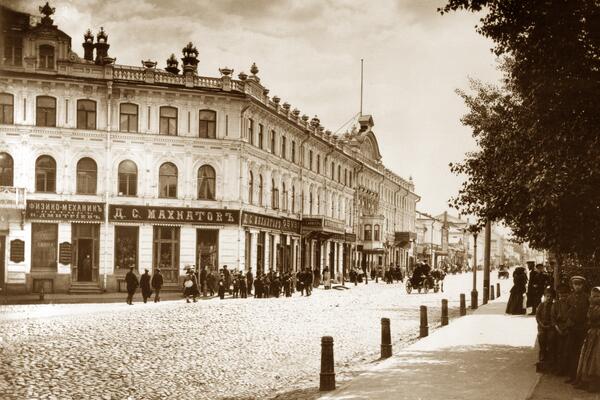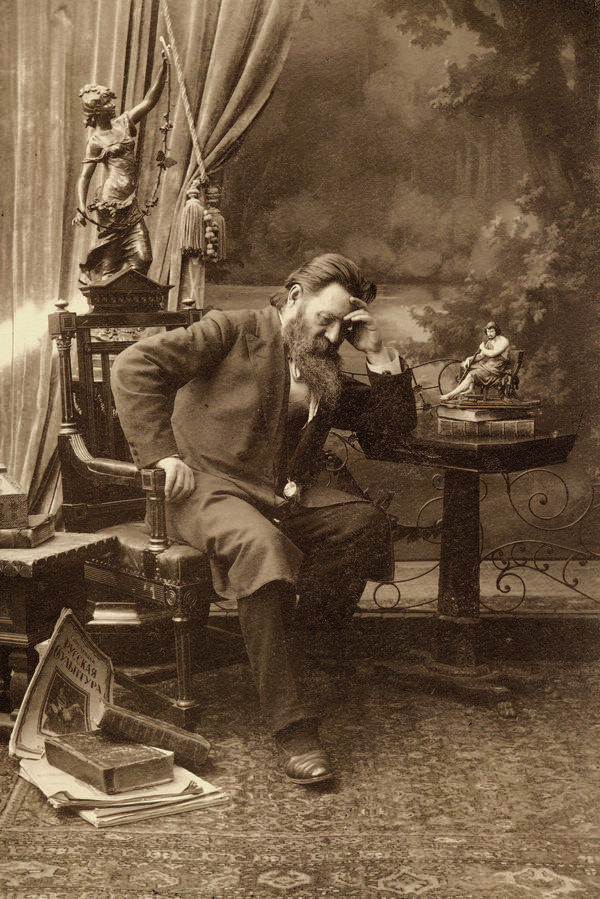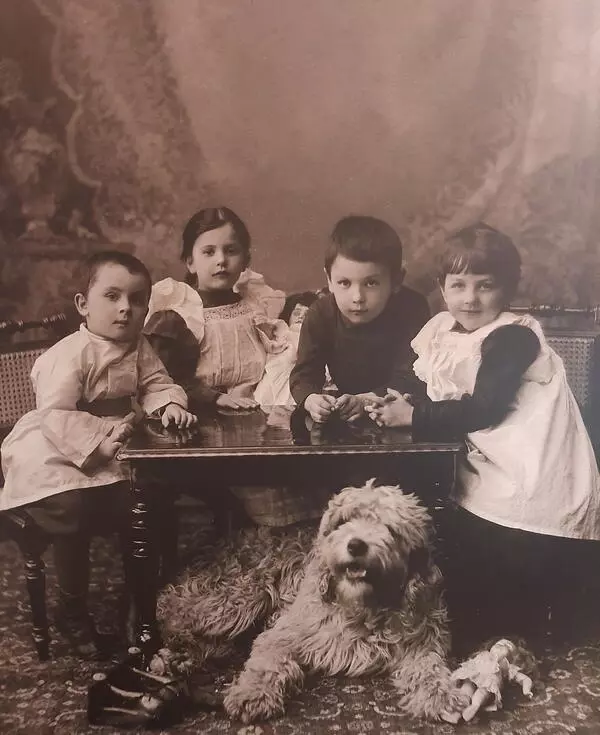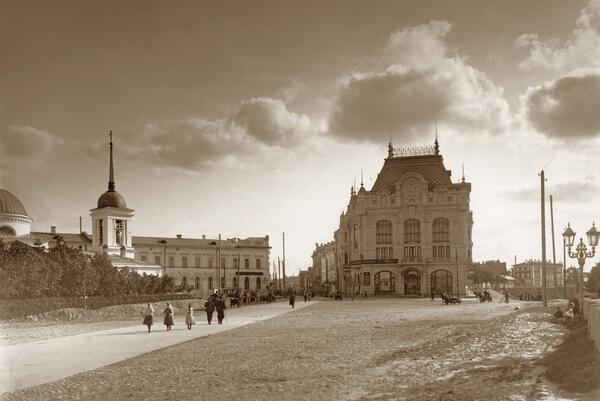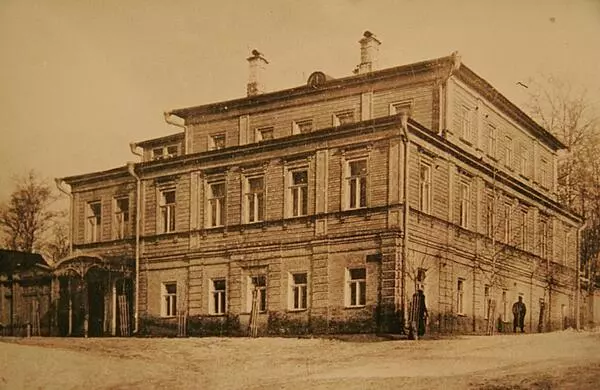In 1817, the fair was moved to Nizhny Novgorod after a fire in the town of Makaryev, where it had been held for almost 200 years. The fair occupied a huge territory in the lower part of Nizhny Novgorod. With its 8 squares, 30 streets and 2800 shops it looked like a whole town. The construction of the fair was led by the outstanding Spanish engineer Agustin de Betancourt.
In a few years, the largest fair in Europe was erected. The architectural ensemble included the Gostiny Dvor of 60 two-story stone trade buildings, the Main Fair building, an Armenian church, a mosque, and the Savior Cathedral. The fair complex was encircled on three sides by a canal with a system of locks and four bridges.
Apart from Russian merchants, the fair also attracted merchants from Europe and Asia. Russia traded in fabrics, furs, metals, bread, fish, and salt, while foreigners sold clocks, wines, tea, and silk.
1822 was the first year that the Nizhny Novgorod Fair was held in new buildings. A sewer system was installed throughout the fairgrounds to collect wastewater. The sewage system in Nizhny Novgorod was the first one not only in Russia but also in the whole of Europe.
A large “two-story” bridge was built across the Oka River instead of a primitive pontoon bridge. 26 ferryboats (cargo ships with high sides) with blind decks had struts supporting the bridge platforms. This bridge went up at night to let ships pass.
During the existence of the fair (until 1929), merchants followed a code of honor — “Profit above all else, but above all profit is honor”. The fair worked for a month, and during that time its population amounted to over 120,000 people.
There were taverns, bathhouses, barber shops, a photo studio, a theater and a circus. Here is how the fair life is described by Dmitry Nikolayevich Smirnov, a local historian from Nizhny Novgorod: “The order, established once and forever, determined the course of life for all visitors: trade during the day and fun in the evening and at night.”
Entertainment was of a simple nature. Near the Main
House, in the festive stalls, the “pure” public enjoyed “lubok comedies” and
European novelties, such as “cinematographic and mechanical performances of Mr.
Maggio from Venice”. For the “simpler” public, there were puppet shows and
booths with “phantasmagoria”. The “gray people” were offered carousel rides and
could watch rope dancers, magic tricks and tamed Sergach bears.
